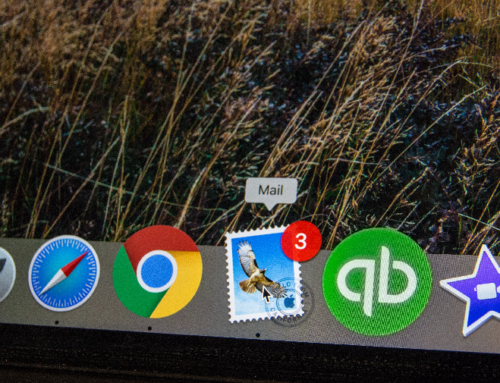Reaching customers is essential for achieving collection goals and increasing cash flow. Your collection team probably can’t call every past due account, so you need alternative forms of communication to contact customers. Email should be part of your collection strategy, but it has challenges which can limit its effectiveness.
Email has to make it past SPAM filters and have a subject line and preview text that grabs the reader’s attention for it to be opened and read. Even if your emails successfully run this gauntlet, you still need compelling content to make your emails persuasive enough to be read completely and result in payment of past due invoices.
Business professionals are busy and challenged in the new normal. The last thing they want to do is waste their time reading another lifeless email. You need to make your email content count.
Here are some ideas on developing content for persuasive collection emails.
Keep It Short
- In a study by HubSpot of over 2.1 million customers, they found emails with approximately 20 lines of text had the highest click-through rates. This translates to about 200 words or one minute read time.
- With people struggling to keep up with emails, it makes sense that business professionals are sending shorter emails.
- Include essential details only. End it there. Resist the habit of adding extraneous information and comments. Include the due date, days past due, invoice number and amount.
Tonality
- The words and punctuation you use convey to the reader if you are angry, friendly, mad, happy or disappointed. For example, including capital letters in an email comes across to the customer as being “yelled at”.
- As your emails increase due to a customer not paying, your tonality should change and vice versa.
- Don’t send an aggressively worded email to a customer receiving their invoice notice or first past due, it would be counterproductive. However, as you get to the second or third past due notice should change to be stern – but still never aggressive. Include language that reflects your collection process, such as escalation, cutting off credit or sending to collections.
Using Email Signatures
- Convey authority and make clear what company you’re with. This reminds the customer of who you are and what their relationship with you is.
- Should be the same as the rest of your organization. Ask your marketing team to make a signature that is brand approved for your collection team.
- Your email signatures should include, at a minimum:
- Your full name
- Your title
- Your company
- A logo
- Contact information
Visuals
- Don’t use unusual fonts. Readers don’t like irregular fonts, font sizes and font colors in emails. In a study by Radicati Group, four of the top 10 objectionable email trends were about fonts. Nearly 70% of respondents prefer fonts to be one size.
- Keep your emails on brand. Use the same font, colors and logos as your marketing team so your emails are easily recognized by your customer.
Compelling content is essential to create persuasive collection emails, which have a higher likelihood of being read and acted upon. Automated credit and collection solutions can help you overcome collection barriers, and increase the effectiveness and efficiency of your collections.
Lockstep Collect, a leader in cloud-based credit and collection platforms, provides automated solutions for managing credit and collections. Lockstep Collect is an experienced software partner that can help you maximize your collections and cash flow in the new normal.
If you would like to learn more about how you can benefit from automated credit and collection solutions, please contact Lockstep Collect at www.lockstep.io.



